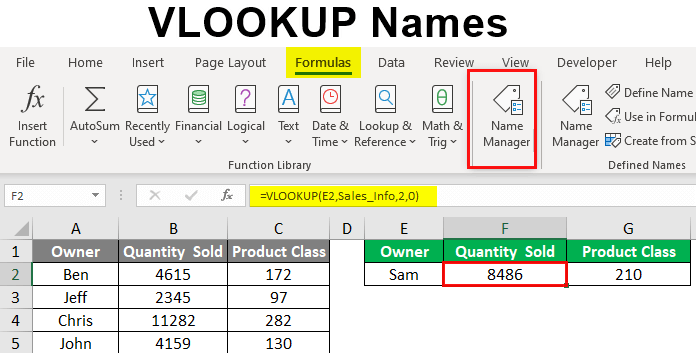
Using an approximate match, searches for the value 1 in column A, finds the largest value less than or equal to 1 in column A which is 0.946, and then returns the value from column B in the same row. Tip: Before you paste the data into Excel, set the column widths for columns A through C to 250 pixels, and click Wrap Text ( Home tab, Alignment group). VLOOKUP Example at workĬopy the following data into a blank spreadsheet. If you want to experiment with lookup functions before you try them out with your own data, here's some sample data. The formula used is shown in cell A14.įor more examples of using INDEX and MATCH instead of VLOOKUP, see the article by Bill Jelen, Microsoft MVP. Then, INDEX uses that value as the lookup argument, and finds the population for Chicago in the 4th column (column D). Instead, we'll use the MATCH function to find Chicago in the range B1:B11. This example shows a small list where the value we want to search on, Chicago, isn't in the leftmost column.

Use the combination of INDEX and MATCH functions instead. Now if your spreadsheet isn't built this way, then do not use VLOOKUP. This means that the column containing the value you look up should always be located to the left of the column containing the return value. There are certain limitations with using VLOOKUP-the VLOOKUP function can only look up a value from left to right. You enter the same arguments, but it searches in rows instead of columns. When you're comfortable with VLOOKUP, the HLOOKUP function is equally easy to use. If it didn't, you'd have to enter one of the values in columns C or D to get a result at all. The fourth argument is empty, so the function returns an approximate match. When you enter a value in cell B2 (the first argument), VLOOKUP searches the cells in the range C2:E7 (2nd argument) and returns the closest approximate match from the third column in the range, column E (3rd argument). This example shows you how the function works. In other words, leaving the fourth argument blank-or entering TRUE-gives you more flexibility. If you enter FALSE, the function will match the value provide by the first argument. If you enter TRUE, or leave the argument blank, the function returns an approximate match of the value you specify in the first argument. The third argument is the column in that range of cells that contains the value that you seek. The second argument is the range of cells, C2-:E7, in which to search for the value you want to find.

This argument can be a cell reference, or a fixed value such as "smith" or 21,000. For VLOOKUP, this first argument is the value that you want to find. In this example, B2 is the first argument-an element of data that the function needs to work.

Note: The Lookup Wizard feature is no longer available in Excel.


 0 kommentar(er)
0 kommentar(er)
